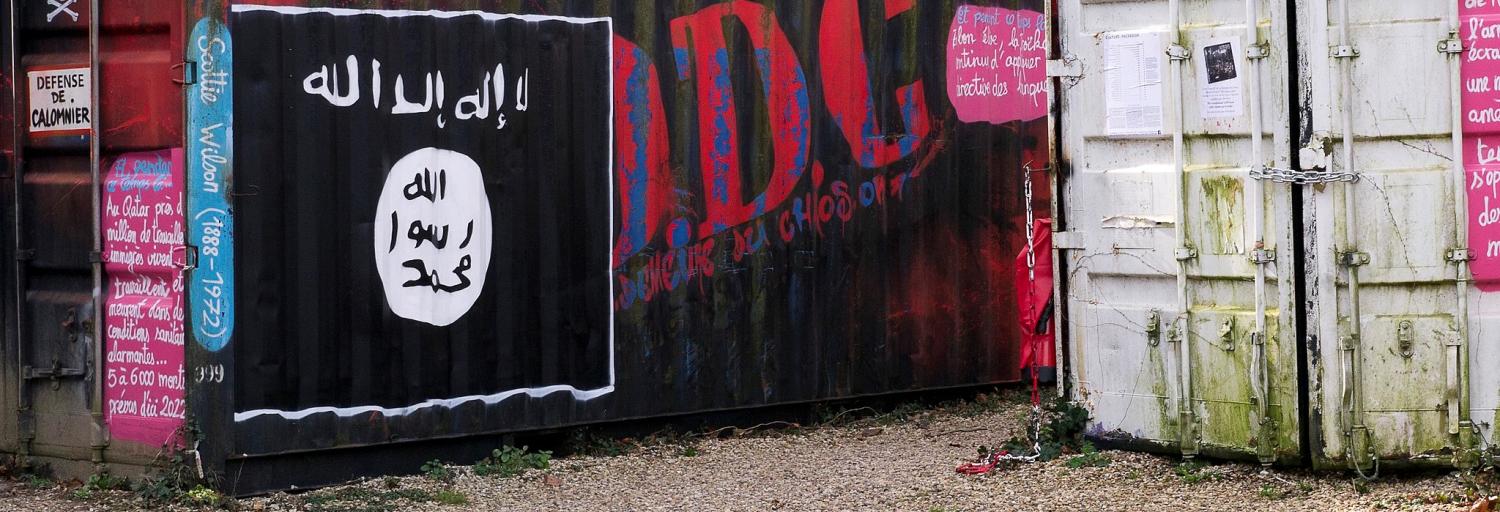In April 2015 a fresh-faced Australian-born doctor appeared in a slick Islamic State video extolling the virtues of making hijra to what he portrayed as a utopian Islamic society. The video showed the doctor, Tareq Kamleh, in a pristine and well-equipped paediatric ward tending to a premature baby.
Fast forward two years and the picture is somewhat different, as shown in this video, released yesterday. Kamleh's clean-cut face now sports a wispy beard and he no longer looks fresh, while the hospital surrounds are less salubrious as the dystopian Islamic society that Kamleh helped create crumbles around him. This time the children he tends to are dying, a tragedy that is a grim and apt analogy for the violent and intolerant caliphate that Kamleh and thousands of other Western Muslims rushed to join. Aside from a reminder of the tragedy of war, what is particularly interesting about this video is that part-way through (around 3:15) Kamleh's humanitarian guise gives way to an AK-47 wielding jihadi speaking from an underground cave calling for true Muslims to join the hopeless fight but to also realise that their jihad should not be geographically defined. The video ends by telling President Trump that Kamleh is glad US soldiers are in Syria because jihadis love death more than they love life. A familiar if somewhat tired jihadi refrain.
This latest video, that shows Kamleh has gone about as far from the Hippocratic Oath (or Declaration of Geneva in modern parlance) as a doctor can, is a timely reminder to people who rely on social media grabs to determine the actions of someone traveling to Syria or Iraq allegedly to provide ‘humanitarian support’. That 2015 video of Kamleh in a paediatric ward should have fooled no one (it certainly didn't fool the authorities who charged him with three terrorism offences) as to his true intentions. Clearly he and Islamic State only showed what they wanted us to see.
The same holds for others who have travelled to Syria to join IS or al-Qa’ida but, wishing to avoid the legal unpleasantries that membership of a terrorist organisation brings, claim they have gone to provide humanitarian aid. This type of fabricated claim has been a constant feature of this conflict since its earliest days. Adam Brookman from Melbourne, for instance, claimed he entered Syria to provide humanitarian assistance without any evidence of links with a humanitarian aid group. Authorities didn't believe it and charged him. Another Australian Muslim convert, Oliver Bridgeman, has also presented himself as a humanitarian aid worker, largely through the selected release of video clips that show him working with children, and a soft expose on 60 Minutes. Again, the authorities have formed a different view of his activities, and in March last year issued an arrest warrant for 'incursions into foreign countries with the intention of engaging in hostile activities'.
In the social media age in which we live, it is right to be cynical about those who claim to be traveling to jihadist conflict zones for humanitarian purposes only. Unless they also provide verifiable evidence of connections with legitimate humanitarian aid groups, their claims should carry little weight. Whatever other purpose it serves, Tareq Kamleh’s latest video is a jarring demonstration of the jihadi propensity to cite humanitarian activities in a bid to disguise their true motivations and actions. The Lowy Institute will be releasing a research paper on this issue later this year.

